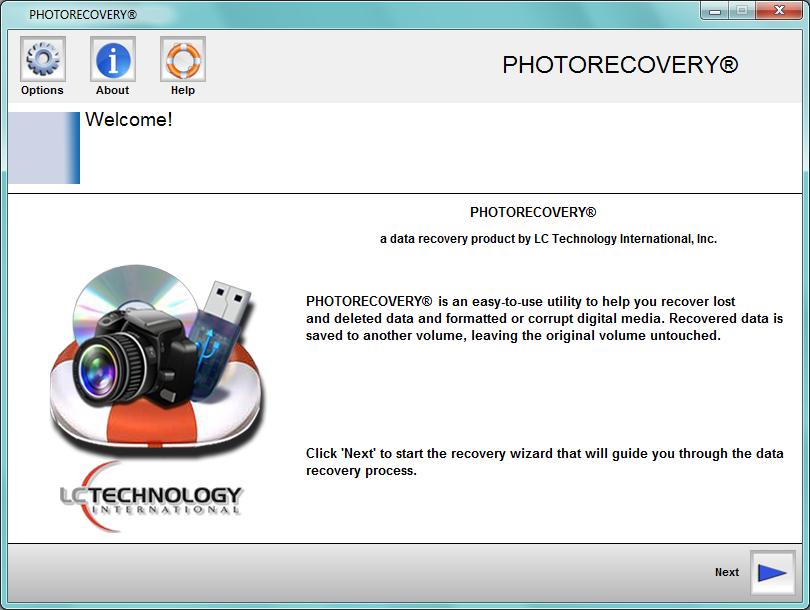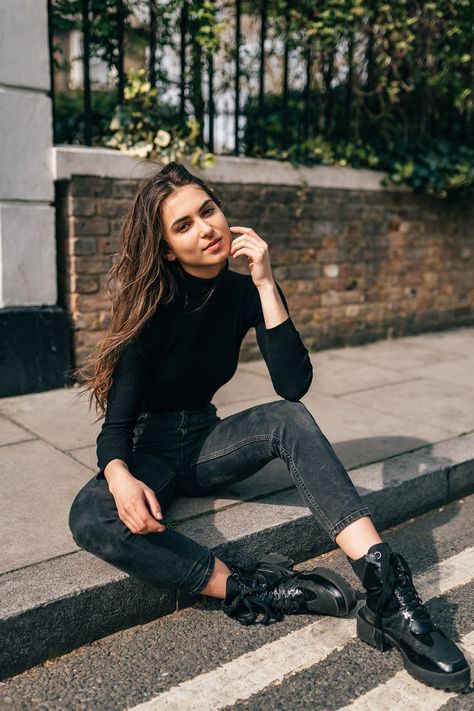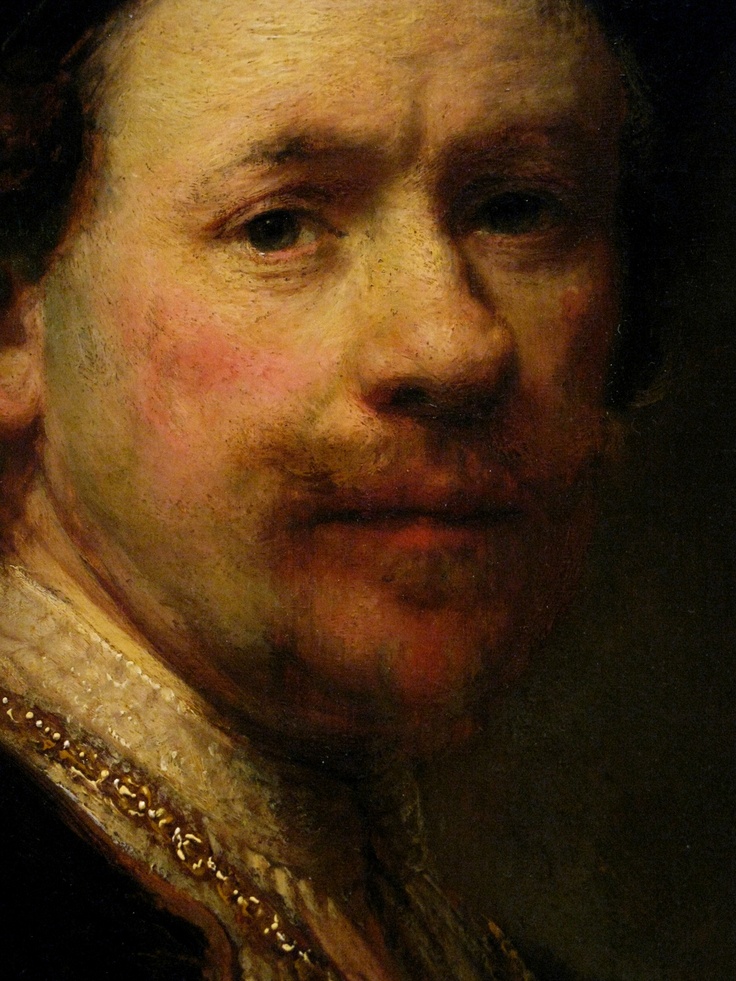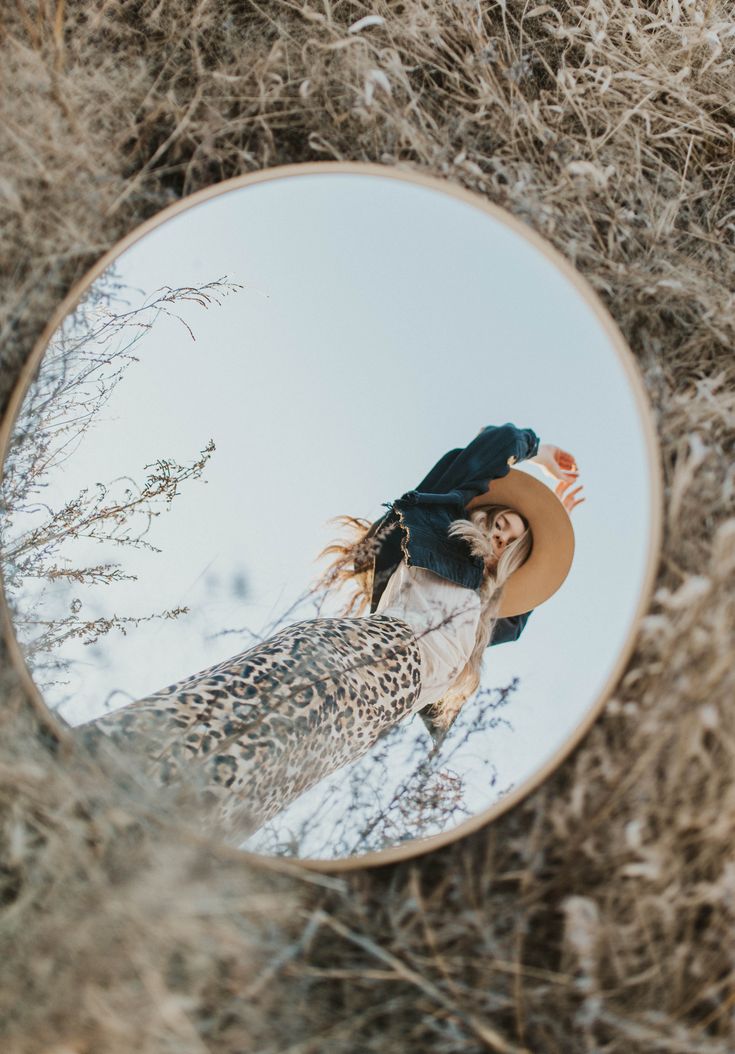Copyright laws for photography
Copyright Law: Understanding Your Rights as a Photographer
In the age of social media, a clear understanding of your rights as a photographer is crucial to receiving the credit you deserve. But with so much information out there, you might find yourself asking:
- What laws are in place to protect photographers like me?
- What do I do if someone uses my photo without permission?
- How long do photographers have ownership of their images?
Here you will find an overview of what copyright law is and how it impacts your photography business. We’ll also take a look at the downloadable copyright resources and copyright infringement tools available to PPA members.
What is Copyright?
Copyright law in the United States prohibits the unauthorized copying of a “work of authorship.” In 1988, the following amendment was added to address visual works including photography:
“Pictorial, graphic, and sculptural works” include two-dimensional and three-dimensional works of fine, graphic, and applied art, photographs, prints and art reproductions, maps, globes, charts, diagrams, models, and technical drawings, including architectural plans. Such works shall include works of artistic craftsmanship insofar as their form but not their mechanical or utilitarian aspects are concerned; the design of a useful article, as defined in this section, shall be considered a pictorial, graphic, or sculptural work only if, and only to the extent that, such design incorporates pictorial, graphic, or sculptural features that can be identified separately from, and are capable of existing independently of, the utilitarian aspects of the article.”
Phew. That’s a mouthful of legalese! So what does it mean in English? Basically, copyright law says that when you take a photograph, you become the copyright owner of the image created. This means you hold exclusive rights to:
- Reproduce the photograph
- Display the image in a public space
- Distribute the photo
- Create derivatives of the image
Seems straightforward, no? But what’s considered a “derivative?”
A “new version” of a work that is already copyrighted falls under the term of a “derivative” work.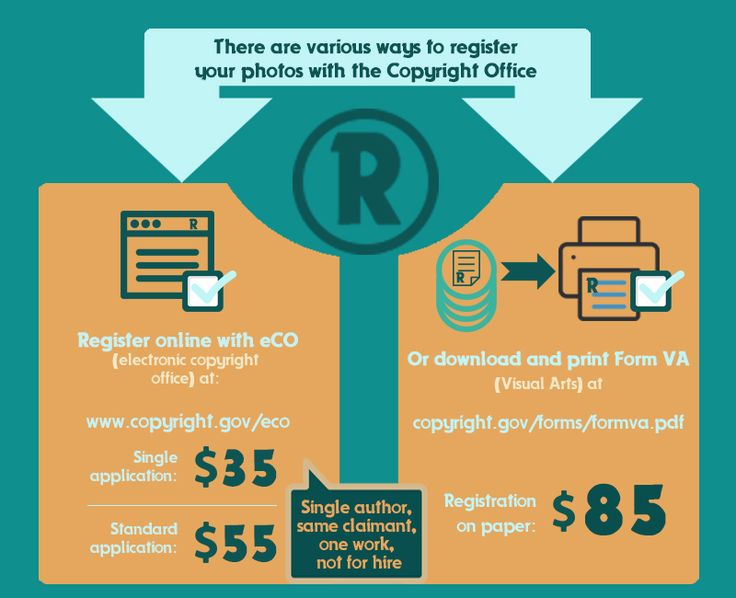 Special re-edits of movies, art reproductions, and literary translations all qualify as derivatives. A film based on a book or play is another common example.
Special re-edits of movies, art reproductions, and literary translations all qualify as derivatives. A film based on a book or play is another common example.
In the realm of photography, any time someone creates a photograph that is a copy or “substantially similar” to another copyrighted work, they are potentially infringing upon the original owner’s rights.
By comparing and evaluating a derivative work to the original, a court of law can determine if any copyright laws have been violated. In other words, a photographer who went to great lengths to recreate an original work’s composition, lighting, and other creative elements would be more likely to be found guilty of copyright infringement than a photographer who simply takes pictures of subjects that already exist in other photos (i.e., monuments, nature). This means many different photographers can take photos of, say, the Golden Gate Bridge without infringing on each other’s artistic rights.
If you suspect your image has been used without your permission, use PPA’s copyright infringement tool to help you determine your next steps.
Mercedes Benz & Detroit’s Eastern Market Murals
In addition to looking out for your own rights, you as a photographer need to be aware of ways you may unknowingly infringe upon another artist's rights. The last thing you want to do is misuse another creative’s work!
Take for example Mercedes Benz's 2018 ad campaign featuring the company’s new vehicle “barreling through Detroit’s boho Eastern Market district past commercial buildings painted with vibrant murals.” Cool concept, no doubt. But the artists who created those murals that contributed so much color and atmosphere to the campaign were never asked permission to use their work, let alone credited:
“While Mercedes sought municipal permission to make beautiful shots of its vehicles on public city streets, it did not seek the muralists’ permission to make and post images of their works on Instagram. Copyright infringement? Mercedes thought not. The muralists—James Lewis, Jeff Soto, Maxx Gramajo, and Daniel Bombardier—thought otherwise.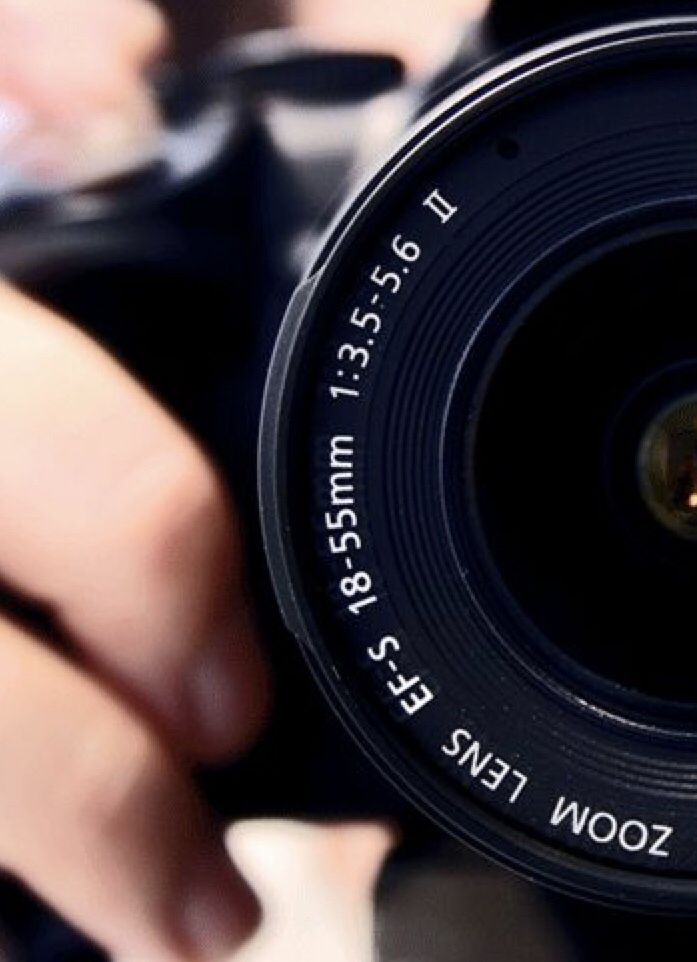 ”
”
Read the full story at PPmag.com. The Mercedes Benz ad campaign is important for two reasons:
- It shows the importance of being aware of how others’ work appears in your photographs
- It serves as an example of how your work may be misused
The exception to copyright law is when the reproduction of a photograph or visual work is deemed “fair use.” The next section digs deeper into this term.
Fair Use
Fair use is an exception when it comes to copyright law. Journalism, critiques, research, and teaching materials are examples of specific types of writing that allow the reproduction of copyright-protected works without the permission of the “author”.
For example, if you exhibit your photography in a gallery, an art publication generally does not need permission to reproduce your image if they’re using it as part of a critique. Or, conversely, a newspaper may publish photographs of works and use them as part of an article. Both of these are examples of copyrighted work being used under “fair use” guidelines.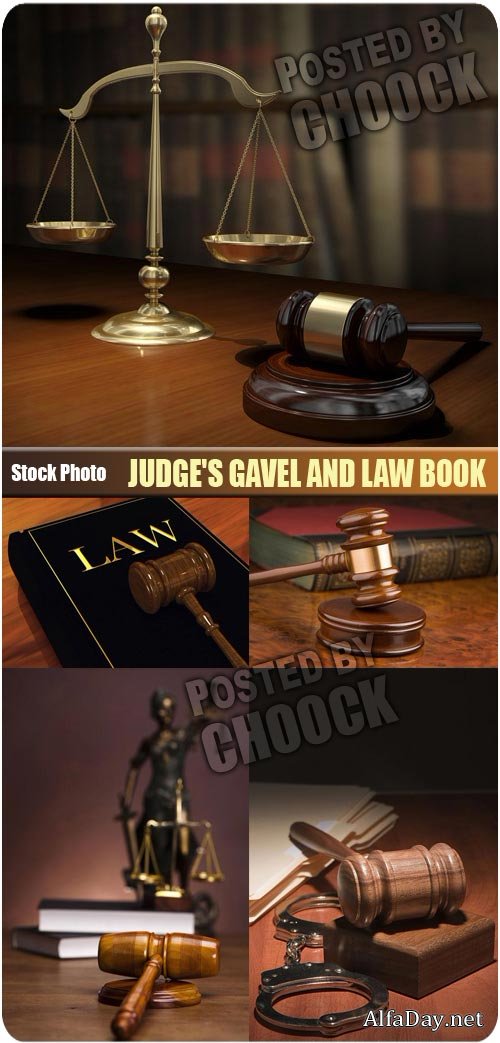
When considering whether a reproduction of a work is fair use, the U.S. Copyright Act says “the factors to be considered shall include whether:
- The use is of commercial nature or if it is for nonprofit education purposes
- The copyrighted work is highly creative or if it is fact-based
- Part of the entire original work was reproduced or just a part of it
- The reproduction reduces the value of the original work or has no effect
One important thing to keep in mind is that social media marketing’s use of images very rarely falls under “fair use.” If your photographic work is being used without your permission, check out the resources from PPA below for help determining if you need to take further action.
Resources
Remember: If a company uses one of your images in their marketing—on social media or otherwise—without your approval, they are violating your rights as a creator. So, what do you do if you suspect your work of being used without your permission? PPA has resources to help you understand copyright law, and even a Copyright Infringement Tool to leave no question in your mind whether or not your rights as a creator have been violated.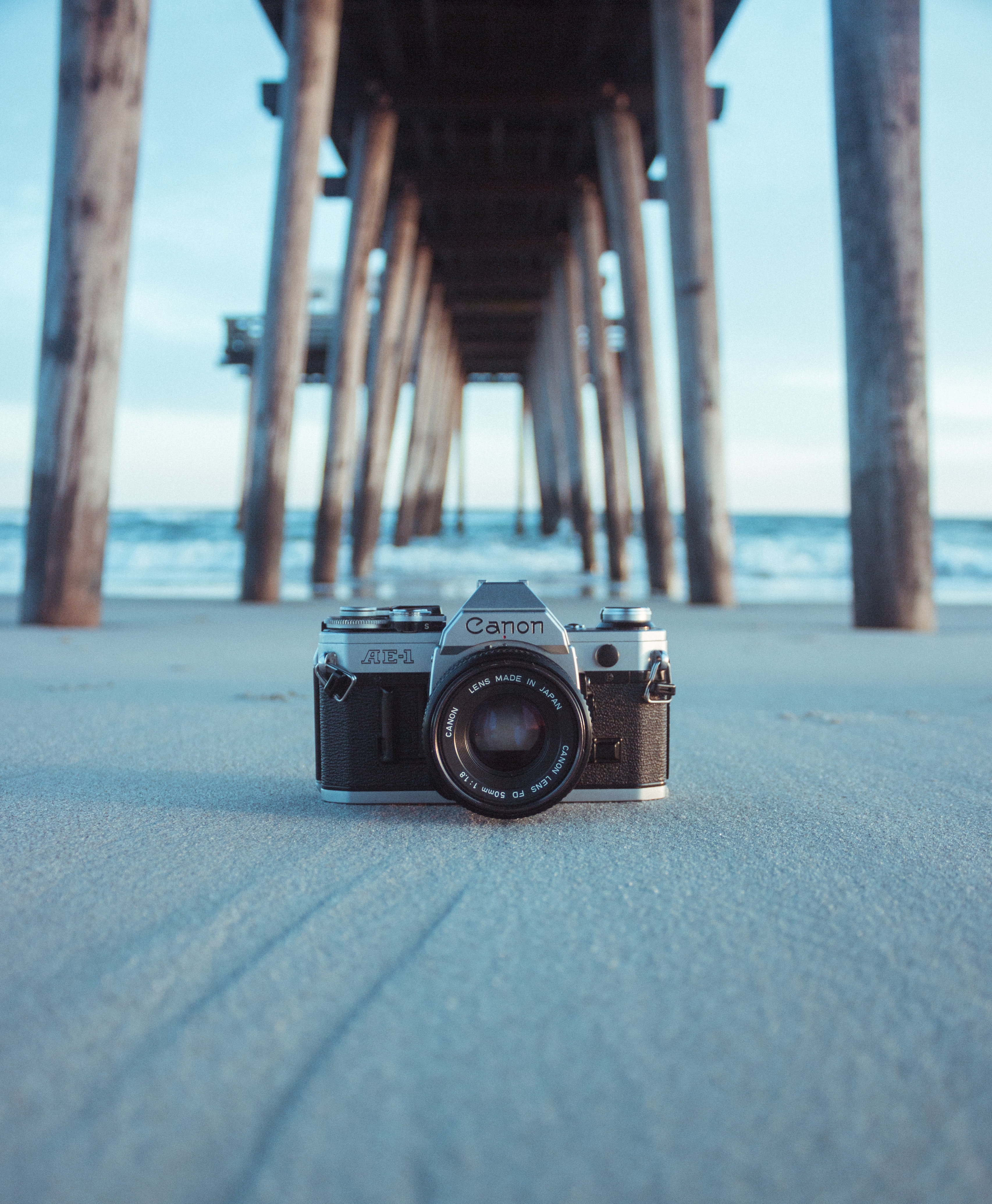
Protecting your work is vital to your success as a photographer. For more PPA resources, click here.
Sources:
https://ppmag.com/news/photographers-should-be-cautious-about-using-murals-as-backdrops
https://blog.hootsuite.com/understanding-image-copyright/
https://www.legalzoom.com/articles/what-are-derivative-works-under-copyright-law
https://copyright.gov/title17/92chap1.html
The Essential Guide to Photography and Copyright Law
On the internet, stealing photography is as easy as right-click and save. This essentially means that anyone can use your photo on their website or blog without giving you the proper credit you deserve. Because of this, fully understanding photography and copyright law is essential for both beginner and more established photographers.
Or, in other words, you need to know how to protect your images and what to do if they’re being misused.
This guide will explain copyright, infringement claims, and when is the right time to use that little circle with a “c” in it.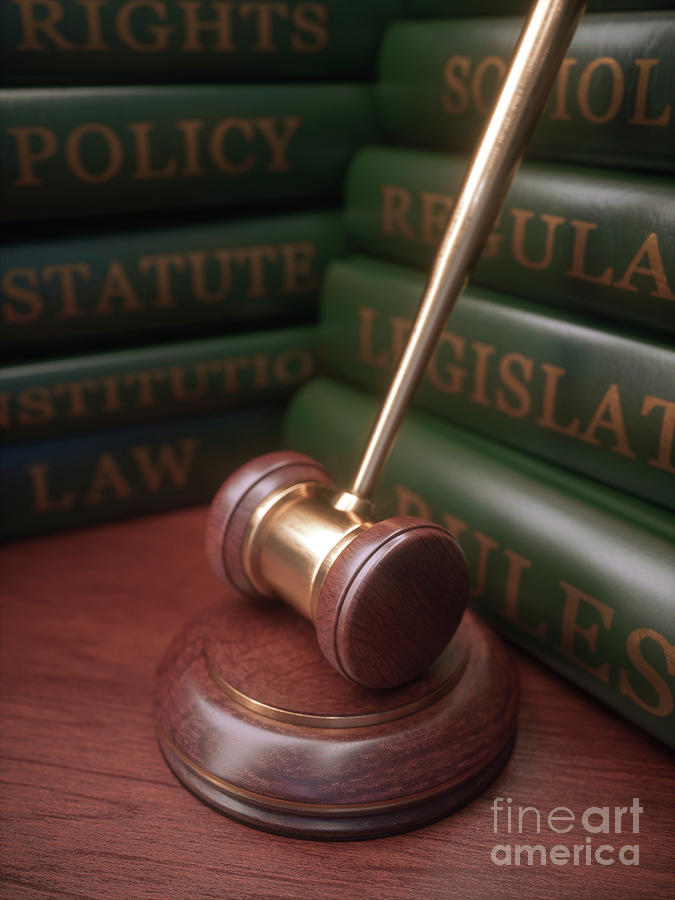 We’ll explain when you should issue a cease and desist letter, and when you should let it go. You’ll also learn about the Digital Millennium Copyright Act and how it helps you.
We’ll explain when you should issue a cease and desist letter, and when you should let it go. You’ll also learn about the Digital Millennium Copyright Act and how it helps you.
First of all, what exactly is photo copyright?
Copyright in photography means that you own an image you created. The law says you created that image as soon as the shutter is released.
This means that photographer copyright laws state that whoever pushed the button owns the copyright. A photographer will own that copyright throughout their life and 70 years afterwards.
Whether it’s photography on your hard drive, online portfolio website, or a post on your Instagram feed, with this ownership, you have exclusive rights to your image according to the Copyright Law of the United States of America. This photography and copyright law covers you for:
- Reproducing your photography
- Preparing derivative works based on your photography
- Distributing copies of your photography to the public (by sale, rental, lease, or lending)
- Publicly displaying your photography
Owning the copyright on your photography doesn’t require any special paperwork, or having the © associated with your image.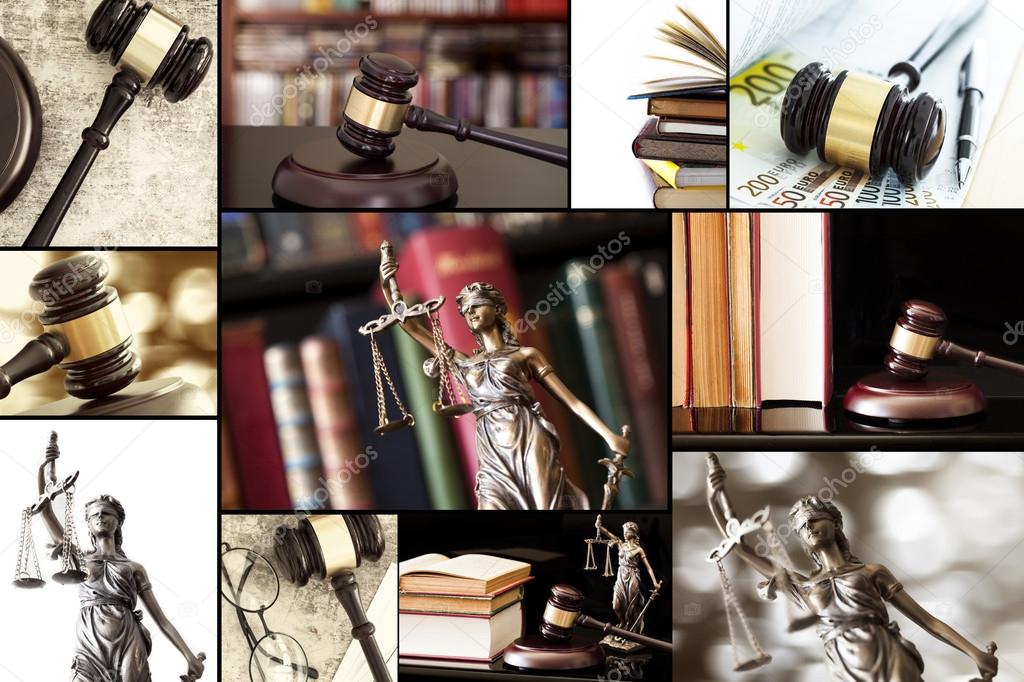 The copyright will automatically apply once you post your photography online because, at that point, it exists in a “tangible medium.” It’s out there, and it’s yours.
The copyright will automatically apply once you post your photography online because, at that point, it exists in a “tangible medium.” It’s out there, and it’s yours.
Work-for-Hire is an exception to this rule.
The only exception to this rule is when your photography falls into the “work-made-for-hire” (or “work for hire”) category.
A Work-for-Hire relationship is created in two situations:
- The photographer is an employee hired to take photographs for an employer. A photojournalist employed by a newspaper is an example of Work-for-Hire. However, a wedding or portrait photographer hired for one specific event is not Work-for-Hire.
- The photographer is hired and signs a written contract that specifically states that the work is to be considered Work-for-Hire.
The Work-for-Hire agreement will relinquish any rights the photographer has to the work created for the client, so make sure you know what you’re getting yourself into before signing on that dotted line.
Do you to add the ‘©’ notice to maintain your photo’s rights?
Including a copyright notice—such as ‘©’, the word ‘copyright,’ or ‘Copr.’ with a date and name of the copyright owner—is no longer required to declare who owns the copyright of a photograph. However, if you want to cover all your bases, there’s no harm in adding it to each photo you publish.
To use the copyright notice “©”, you don’t have to register your work with the U.S. Copyright Office.
A proper notice has three parts:
- The copyright symbol © (the word “Copyright,” or its abbreviation, “Copr.” is also fine).
- The year of creation.
- The name of the author or copyright holder.
The final form looks like this: © 2016 Your Name.
For good measure, you may even want to include the phrase, "All Rights Reserved’ after the copyright notice for some added protection in the international arena.
Adding a copyright notice may not always stop someone from stealing your photography, but it serves as a reminder that your work is protected and not in the “public domain” for anyone to use without permission.
Does adding a watermark help boost copyright images?
As mentioned above, you don’t, technically, have to do anything to copyright photos. The moment you put any image out into the world, you own the copyright.
Having said that, image theft happens, and if you want to greatly reduce the likelihood that your images get stolen, adding a watermark to your photos is a great idea to help boost your photo’s copyright.
If you’re not already aware, a watermark is a transparent symbol or signature added on top of a photo to help “mark” it as yours.
The idea is that with the watermark applied, people will be much less inclined to steal your photo because the watermark makes it obvious the photo has been stolen, and the photo won’t look as appealing with the watermark. The downside here is that, while yes, the photo is more protected, there’s also now a mark on it that could be distracting or deter from the beauty of your photo. Finding a balance between letting your work be seen, while also protecting your photo is key.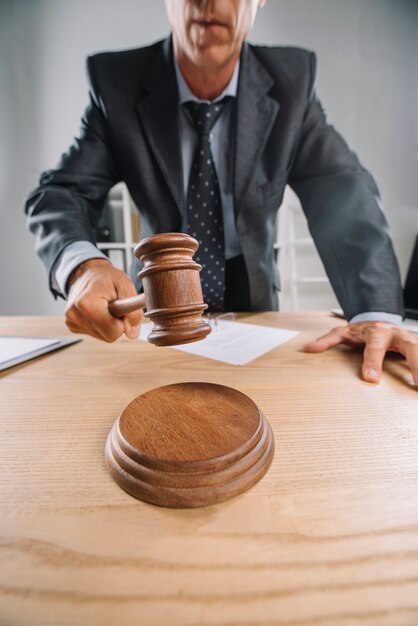
How do you copyright your photography with a watermark? Best practices:
- If you don’t want the watermark to distract from your photo, place a small logo or signature in one of the corners of the photo. While it’s still possible for someone to simply crop the watermark out with this method, it also might encourage a thief to look elsewhere for a similar photo that isn’t watermarked.
- Similarly, you can place a small watermark on a part of the image that you can’t crop out without ruining the photo (i.e. directly in the middle of the photo).
- Grid watermarks that cover the entire photo almost always deter image theft. While a grid watermark may distract from the image, you can always adjust the watermark’s transparency so it’s not entirely distracting. This tends to be a good option for portrait photography.
What’s the easiest way to protect your images on your Format portfolio?
To enable image protection for your images on Format, you just need to visit your Settings page.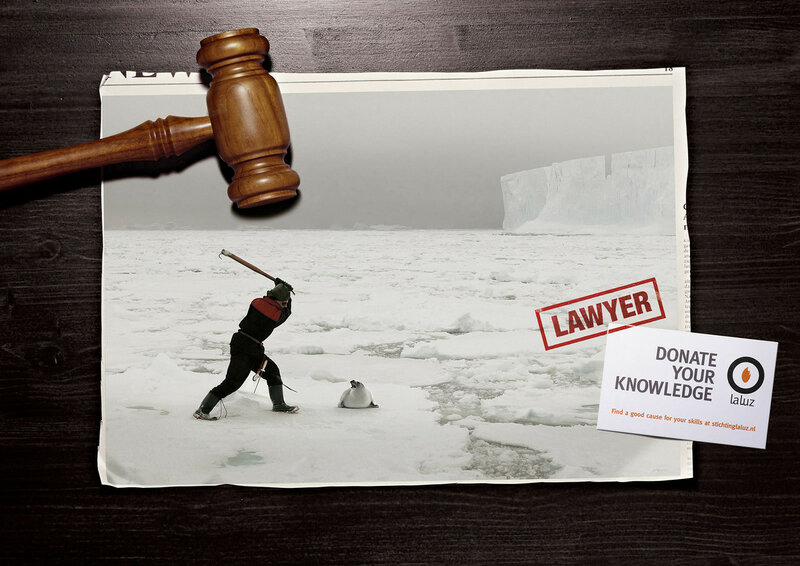 You will see a heading titled “Image Protection” under “Site”. You can choose either “on” or “off” with the slider.
You will see a heading titled “Image Protection” under “Site”. You can choose either “on” or “off” with the slider.
You will also be presented with a dialog box to input the text you’d like visitors of your site to see when they attempt to right-click or otherwise save an image from your site.
Read more here.
So, do you even need to register your copyright at all for protection under image copyright laws?
Copyright registration is voluntary and is generally seen as a formality to make your photography part of the public record. However, registration may come in handy if you want to take legal action against an infringement of your work.
If your photography is not registered with the U.S. Copyright Office prior to an infringement, a photographer may only recover “actual damages” instead of “statutory damages.” Meaning, the photographer is only entitled to the “fair market value” of their work, instead of what could be up to a $150,000 award, plus legal fees.
In situations like these, it’s always good practice to register your photography within three months of its first publication—especially considering it can take up to eight months to get filed. Under image copyright laws, courts usually calculate actual damages based on your normal license fees and/or standard licensing fees plus profits derived from the infringement.
If you want register a copyright for your photography, you can through the U.S. Copyright Office website.
Should you register your copyright if you’re publishing photography online?
Photography and copyright law ensures the same copyright laws protect your photography when you publish online. In other words, your work will never become public domain unless you make it so.
Some platforms have default permissions when you upload your images that allow for commercial use of your photography without paying for it. You can still report copyright infringement. When in doubt, just brand each photo with a © symbol or watermark.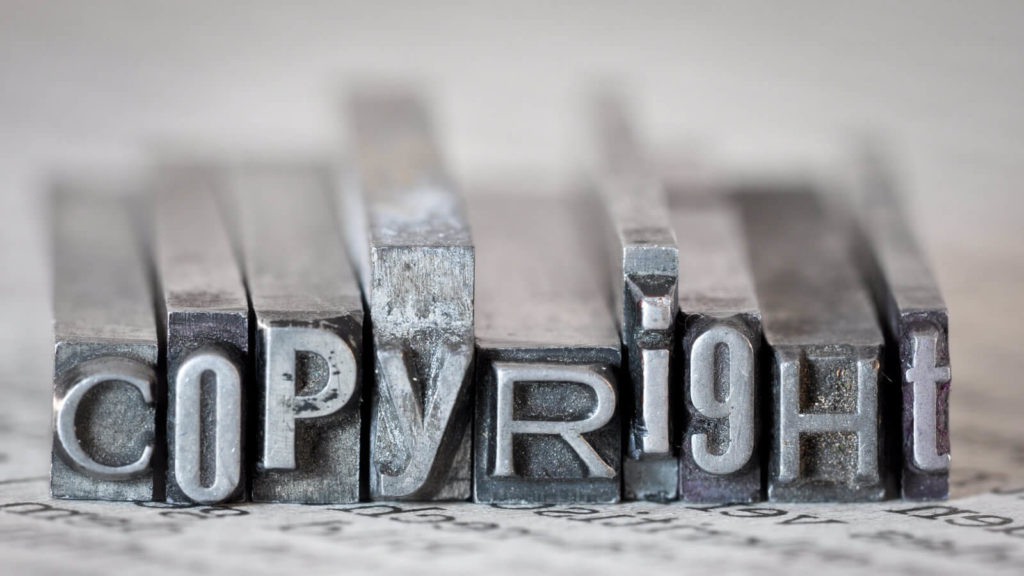
What if an illustration is made using your work and then used commercially? Does that count as copyright infringement?
Yes, under photography and copyright law that situation can be ruled as copyright infringement if it’s deemed to be a derivative work and that the illustrator has copied the copyrightable elements of your photo.
A derivative work is based on an already existing image and through photo editing, these revisions must be considered different enough from the original photograph to be regarded as a new piece.
In other words, it must contain some substantial originality. The threshold for originality from a derivative work is judged much higher than that required for the original work in the eyes of the law.
An important point to note is whoever created the derivative work owns the copyright to the revision of the photograph, whereas the original copyright is still owned by the creator of the original work it was based on.
What is the Digital Millennium Copyright Act (DMCA) and how can that help you copyright images?
Here’s a scenario: you find a website using your photography without permission and you aren’t even given a photo credit.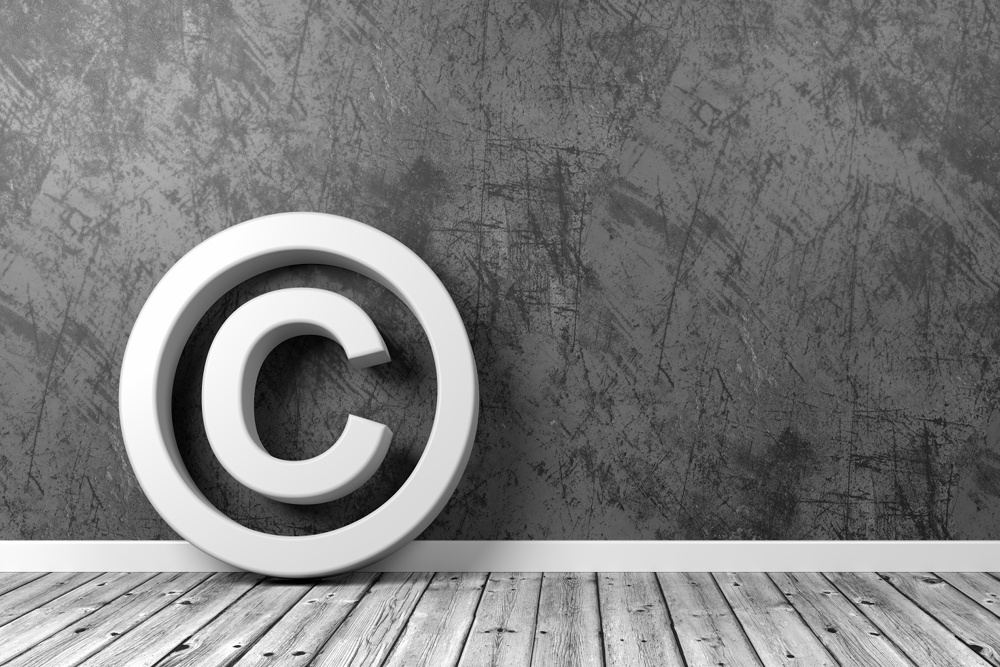 What do you do?
What do you do?
Because of the Digital Millennium Copyright Act (DMCA), you can contact the hosting Internet Service Provider (ISP) or simply go to DMCA.com to report the infringement. The copyright act allows for the ISP to remove the image from the offending website.
The best part about the DMCA is that you don’t even need to have your copyright registered in order to be protected by this provision.
In addition, according to copyright law for photography, you may also be eligible for damages if your copyright notice or watermark is removed to hide an infringement.
What else can you do if your photography is used without permission?
Hopefully, you would have added a copyright notice on your work, but even if you haven’t, you’ll still be protected by copyright law. There are a few different ways to approach this situation.
Option 1: Request a photo credit
Since the infringer is already providing a decent marketing outlet for your work on their own website, you may want some credit where credit is due.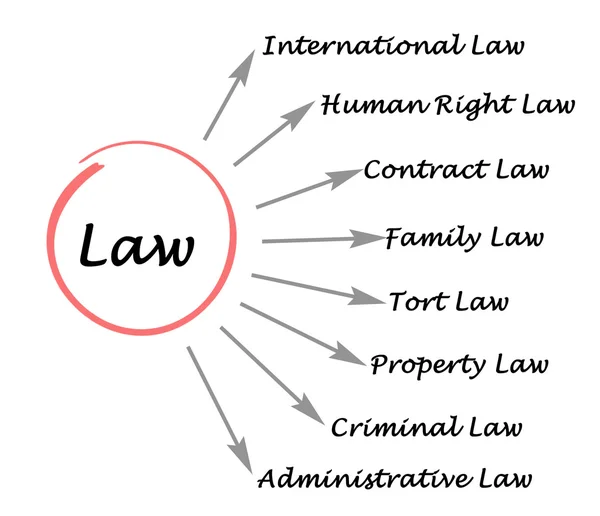 Send an email or DM them on social media to request a photo credit and set the parameters for the right to use your photography.
Send an email or DM them on social media to request a photo credit and set the parameters for the right to use your photography.
Add the condition that the infringer must also post a copyright notice and a link to your online portfolio, too. You may even get some new customers because of the exposure.
Option 2: Prepare a DCMA take-down notice
This notice must be in writing and signed by the copyright owner, identifying the copyrighted photo that was infringed.
As the photographer, you must include a statement that the information contained in the notice is accurate and that you have the right to proceed because you are the owner of the copyright.
Even if you don’t reside in the U.S., you may use this tool to stop an infringer in the U.S. from using your photography.
The DMCA website explains more here.
Option 3: Prepare a Cease and Desist letter (photo copyright statement)
If the infringer could be a potential client and you don’t want to cause a fuss, personally contact them and explain that their use of your photography isn’t authorized.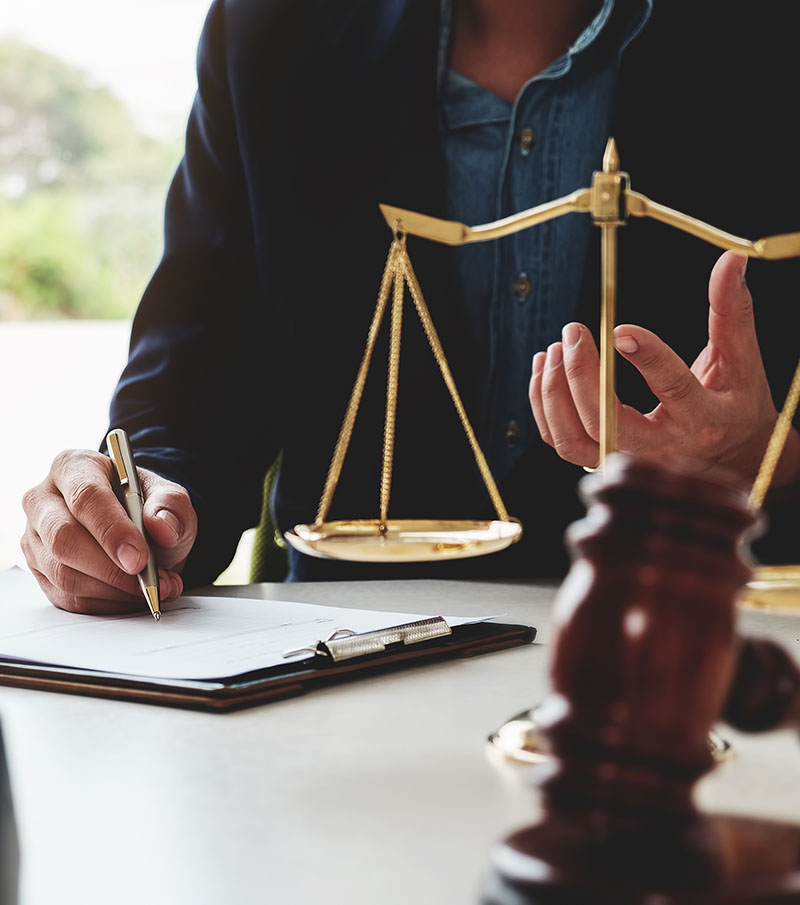 Either request payment of an appropriate license fee for the use of your image, a photo credit with a link to your website, or if that doesn’t work, ask that they cease the use of your image.
Either request payment of an appropriate license fee for the use of your image, a photo credit with a link to your website, or if that doesn’t work, ask that they cease the use of your image.
Photographers sometimes send the infringer an invoice for 3x their normal license fee in an attempt to resolve the copyright infringement issue. Although this may be a photography industry standard, there isn’t a legal right given to do this by any court of law or statute.
Instead, U.S. law says that you are entitled to actual or statutory damages for copyright infringement.
The damages you can receive from a copyright infringement can sometimes amount to a lot more than three times your normal license fee if you register your photography in a timely manner.
There are some risks in sending the photo copyright notice yourself. You might have to be up for a fight because if the infringer says that they were authorized to use your photography by filing a request for declaratory judgment to preempt a lawsuit.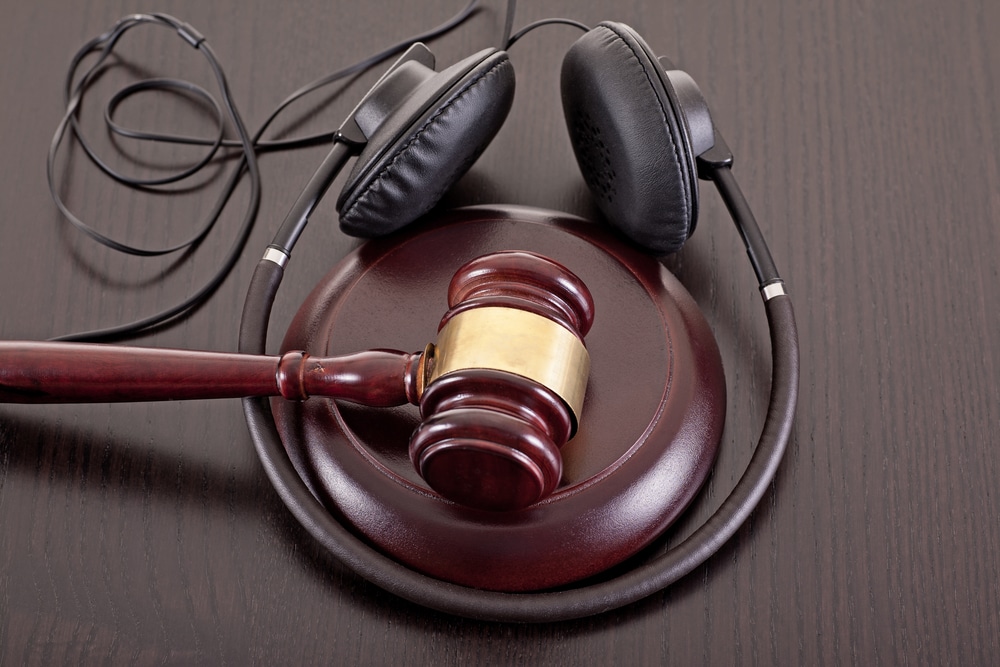 This may involve you taking legal action for which you may need legal counsel in a court that may not be in your area. Not fun, especially if you’re out of your jurisdiction.
This may involve you taking legal action for which you may need legal counsel in a court that may not be in your area. Not fun, especially if you’re out of your jurisdiction.
To avoid these turn of events, include in your demand letter that “these discussions and offer to settle are an attempt to compromise this dispute.”
Consider speaking to a lawyer first.
Option 4: Hire a lawyer to send a demand letter
Although this can lead to increased tensions, the weight of your demand letter is dramatically increased if it comes from an attorney.
Some attorneys charge a flat fee to send a letter, where others may charge a “contingency fee” based on the percentage of recovery—or both.
Be sure to find a lawyer who specializes in copyright issues, or specifically, photography and copyright law.
Option 5: File a Copyright Infringement lawsuit
This is your most aggressive option and will involve pursuing legal remedies by filing suit.
It’s best to hire an attorney to help you file a suit because legal procedures can be complicated.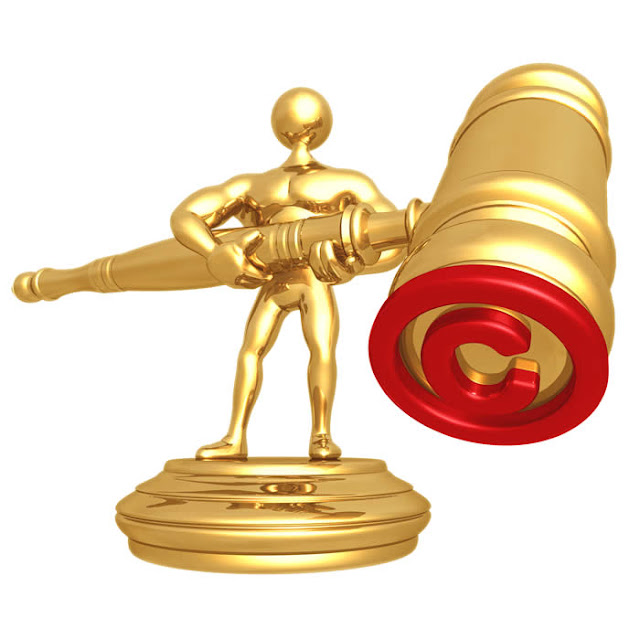 Don’t worry if your photography isn’t registered with the U.S. Copyright Office at the time of the infringement, you can still file suit but you may want to register your photography for future possible infringements to be eligible for statutory damages.
Don’t worry if your photography isn’t registered with the U.S. Copyright Office at the time of the infringement, you can still file suit but you may want to register your photography for future possible infringements to be eligible for statutory damages.
Keep in mind that you’ll have three years from the date of infringement to sue for copyright infringement. However, in most jurisdictions, you’ll need to have received your registration certificate in order to file a complaint in a Federal district court.
Option 6: Do nothing
To save yourself time and effort fighting copyright infringement, you always have the option to do nothing. Especially if the infringer is in a foreign country, where these situations are rampant and difficult to enforce, or if the website is small with very little traffic, you may not want to waste your time.
It’s all about weighing the time, energy, and effort you’ll have to put into getting that image taken down. Ask yourself: Is it worth it?
The future of photography and copyright law
In the digital age, copyright law and its relationship with photography has become increasingly more important to understand, and very possible to enforce.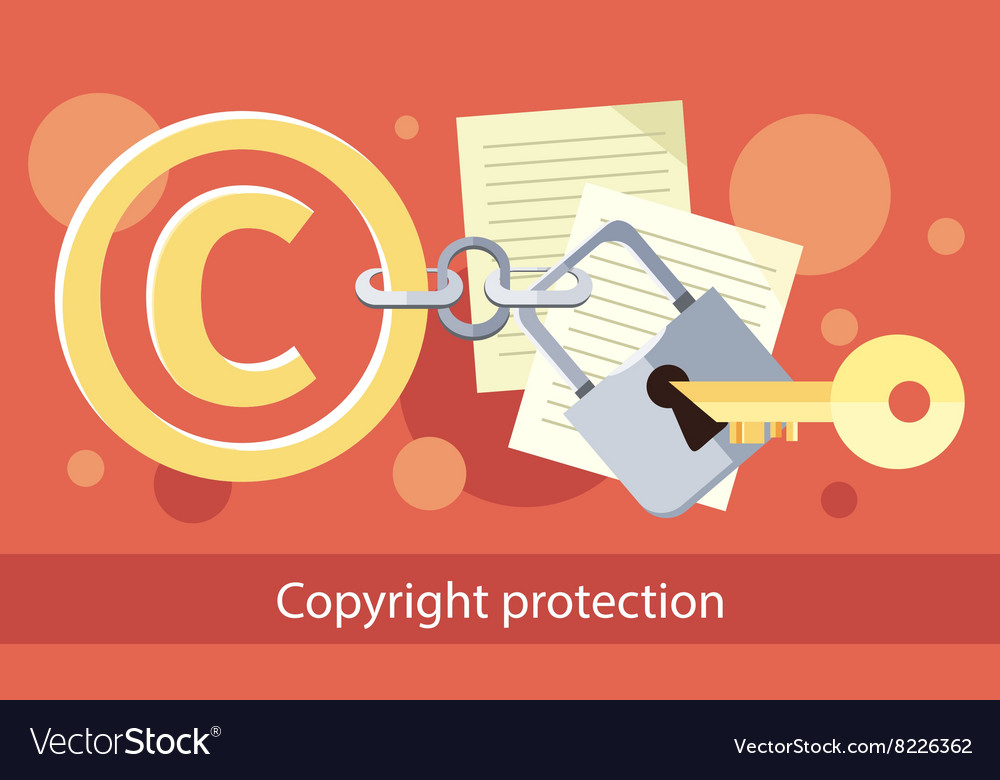 The appropriation of your photography by online pirates can be done with a few keystrokes so being equipped with knowledge of the law can go a long way in protecting your photography from copyright infringement.
The appropriation of your photography by online pirates can be done with a few keystrokes so being equipped with knowledge of the law can go a long way in protecting your photography from copyright infringement.
In the digital age, copyright law and its relationship with photography has become increasingly more important to understand, and easier to enforce.
The appropriation of your photography by online pirates can be done with a few keystrokes so being equipped with knowledge of the law can go a long way in protecting your photography from copyright infringement.
Keep this photography and copyright law guide in your back pocket. If you bookmark the link, you’ll always have it available just in case. (But hey, fingers crossed you never have to use it)
Header Photo via Hindmarch Images Online Portfolio
how to protect the rights of a photographer - n'RIS
The Internet has created the illusion that any posted image can be used without the permission of the author.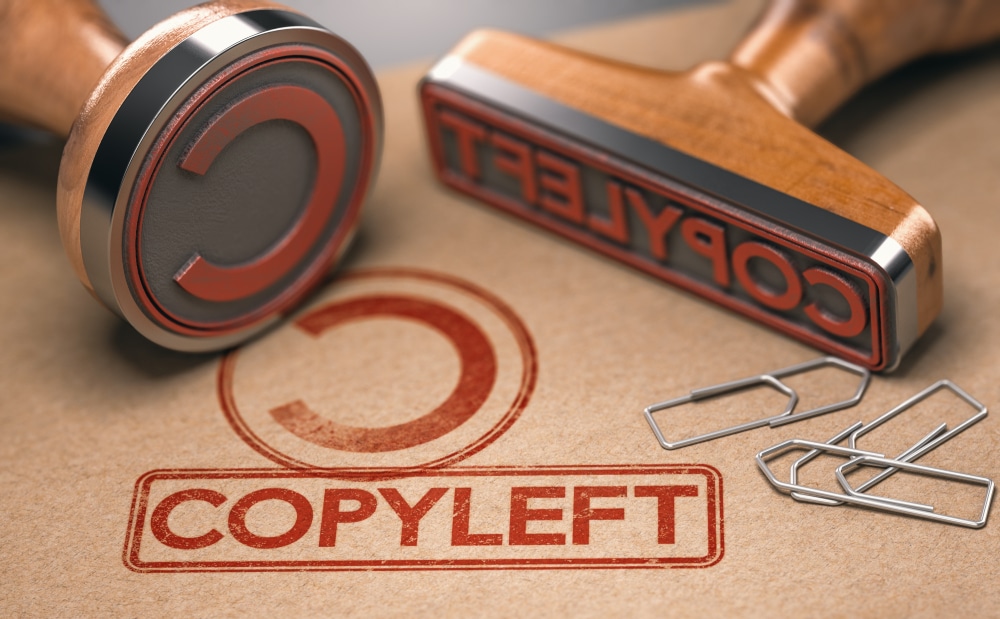 Many photographers are familiar with the situation when their work is scattered across search sites, social networks, Telegram channels, various communities, and is used not only for informational support of materials, but also for commercial purposes.
Many photographers are familiar with the situation when their work is scattered across search sites, social networks, Telegram channels, various communities, and is used not only for informational support of materials, but also for commercial purposes.
Photographs were not always considered a work of art, they were included in the scope of protected works only in 1928 year. Now, regardless of the conditions under which the photograph was taken, the quality of its technique or the fact of publication in a public resource, this is an object of copyright, which is protected under Russian civil law (Article 1259). According to the same article, not only the object of intellectual property (OIP) will be protected in its entirety, but also all its parts. What else does the legal protection of photographs include?
Photo credit and share securely
Protect photos
Today, copyright in photographs is recognized in our country to the same extent as in any other objects of literature and art, and has no special features in terms of their protection.
Which photos are copyrighted
This question can be answered in one word - any. It does not depend on the quality of the work, nor on its form, nor on where it is placed:
- in a printed book or article;
- on stock;
- information or commercial electronic resource.
The most common misconception is that photographs on the Internet are not subject to copyright. This is not true. Every work has an author. And only the author can allow or prohibit the use of his work. Even if he didn't put his name on the picture. A photograph, as an object of copyright, is protected from the moment of its creation and regardless of whether these rights were indicated in one way or another by the author when the photograph was published.
When you can't use someone else's pictures
Other people's intellectual property cannot be used without the permission of the author. One of the exceptions is the use of intellectual property items “if necessary and exclusively for personal purposes of a lawfully published work” (Article 1272 of the Civil Code of the Russian Federation). For example, you can download a photo of an object to your phone to make it easier to find it later. Another case involving the use of a work without the permission of the author is indicated in Article 1274, which allows the so-called "citation". There are a number of nuances here. Firstly, the law does not define the range of objects that can be quoted at all, meaning primarily literary works. Secondly, in order not to violate the copyright in the photo, a number of conditions must be met:
One of the exceptions is the use of intellectual property items “if necessary and exclusively for personal purposes of a lawfully published work” (Article 1272 of the Civil Code of the Russian Federation). For example, you can download a photo of an object to your phone to make it easier to find it later. Another case involving the use of a work without the permission of the author is indicated in Article 1274, which allows the so-called "citation". There are a number of nuances here. Firstly, the law does not define the range of objects that can be quoted at all, meaning primarily literary works. Secondly, in order not to violate the copyright in the photo, a number of conditions must be met:
- use the work only for "scientific, polemical, critical, informational, educational purposes, in order to reveal the creative intent of the author";
- take only lawfully published work;
- do not abuse this right - the amount of citation must be justified by the purpose of quoting;
- be sure to indicate the author and source of borrowing.

The third case, when the transfer of exclusive copyright to photographs by law does not require the permission of the author, is the creation of parodies and cartoons. Parodies and cartoons are reworked works; in general, the permission of its author is required for reworking the original. But in the case of parodies, the law makes an exception.
When can photos be used without infringing copyright
The author may dispose of his photographs in any way, including posting them on specialized electronic resources with a license that provides for the transfer of rights to use these photographs to third parties under certain conditions. Such photos can be used without asking permission directly from the author or copyright holder each time. But at the same time, it is imperative to keep in mind that a different amount of rights can be transferred under a license. These could be photo rights:
These could be photo rights:
- for commercial or editorial purposes only;
- for processing;
- with the requirement to indicate the author of the work;
- permission to use the work obtained on the basis of this photo for commercial purposes.
You can freely take pictures distributed under a license, but with the obligatory observance of the conditions that this or that type of license implies.
One of the most common questions on the Internet, how to find out if a picture is copyrighted, does not make sense. Any "picture" is subject to legal protection. The point is that many of them can be used without asking permission. Such works can be found in photo banks and photo stocks, on Wikipedia, and on some other resources.
Some large photobanks, by the way, allow many pictures to be taken for editorial use for free - only without downloading them, but by inserting them directly onto a website or blog using the embed function.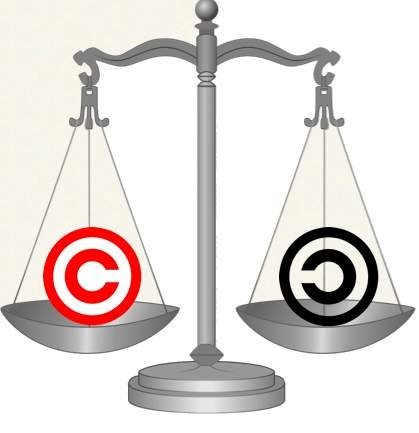
You can freely use those works that have already passed into the public domain. We are talking about a photo, since the death of the authors of which more than 70 years have passed. Naturally, since the technique itself is a little less than 100 years old, there are very few such pictures.
How to protect your photos
To prevent the very possibility of someone using your work without permission, you can place watermarks, as large photo banks do. But this, firstly, distorts the appearance of the work, and this is not always permissible, and, secondly, it does not hurt to use some part of it or even the whole thing - often watermarks can be removed using photo editors.
To fix the copyright of the photographer and provide yourself with evidence of his authorship, escrow is used. Depositing confirms the fact that the photo belonged to you on a specific date, that is, establishes the priority of authorship. When depositing, the author or copyright holder receives a certificate, which can later be presented in court or attached to a pre-trial claim.
When depositing, the author or copyright holder receives a certificate, which can later be presented in court or attached to a pre-trial claim.
If a photographer wants to verify the copyright for several of his works at once, for example, for a portfolio of 30 best shots, he can use the Art Cloud online service, which works on a subscription basis. The author chooses the Start, Master or PRO tariff based on the amount of storage (200 MB, 1 GB or 5 GB), and uploads the required number of objects. Please note that with an annual subscription, you can save up to 25% of the cost of the service.
When publishing photos by providing access to images, a QR code is affixed to the object with information about the object, author and date of upload. The content of the portfolio is always up to date, it is possible to delete old uploaded photos and add new ones. Also, for each photo, if necessary, you can order a certificate confirming copyright.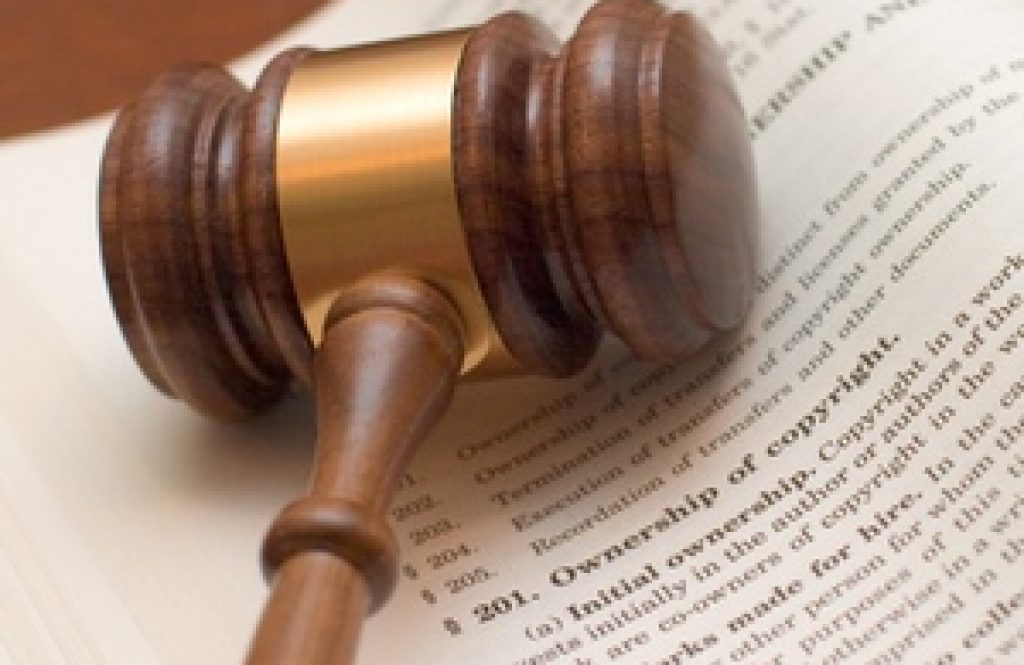
Another method of protection, less convenient, but also working, is a notarized certificate of ownership of a document. In this case, the photographs will need to be printed out and with the printouts contact a notary who will certify them with a stamp and signature. Again, it allows you to fix the priority of authorship.
Original images with metadata (EXIF) or, if the final image was obtained using processing or collage, working files with layers in Adobe Illustrator and Adobe Photoshop formats are also recognized as evidence in litigation.
Lock the author - protect your work
When registering in the Art Cloud service, image files are deposited. You can provide secure access to each uploaded file and issue a certificate confirming authorship.
Upload images to Art Cloud
Photo copyright. Photo copyright protection
Search for legal materials
Lawyer online
Lawyer Vadim Kolosov, as a rule, answers incoming contacts himself, and therefore preference is given to email or Telegram @vadim4it.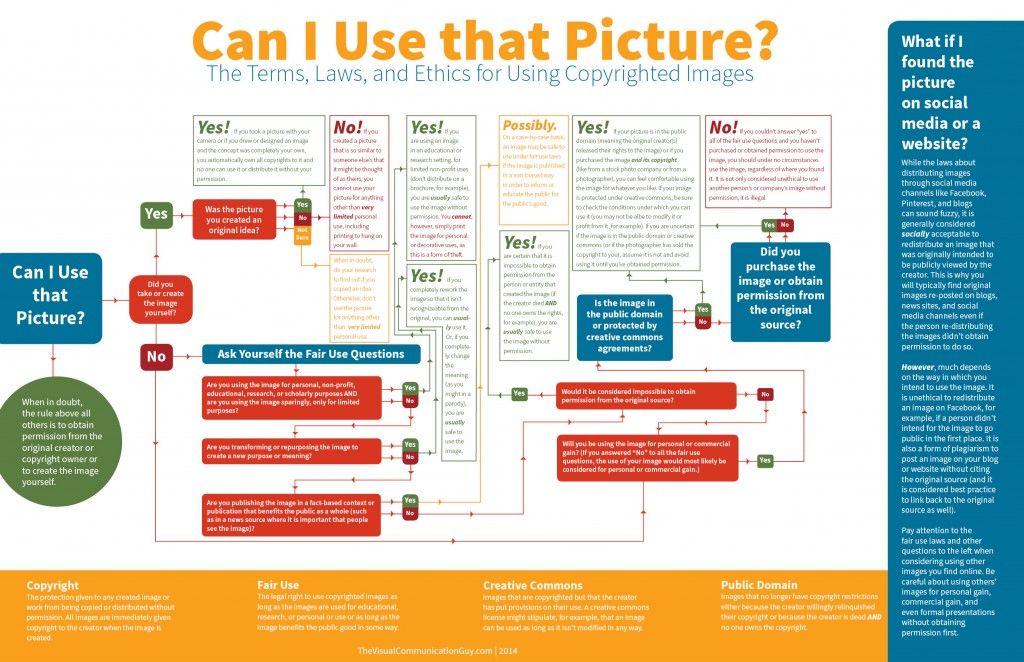
Question:
I am a photographer. I often post my photos on the site (Internet photo album). The photos are in high resolution. Tell me, is it dangerous? What should I do for copyright protection , how do I protect myself from my work being stolen and my photos being copyrighted?
Legal advice:
It all depends on the format in which you photograph. As a rule, this is the RAW format.
The RAW format is a strong enough proof that you are the author of the photo, and accordingly, you own the copyright to it.
Nevertheless, I would still not recommend posting photos on the Internet in a resolution that would allow you to print a photo in good quality in 10x15 or more formats. Here there is a risk of violation of non-your non-property rights of the author ( attribution of authorship - plagiarism ), but a violation of your property rights ( use of a photograph without your permission ).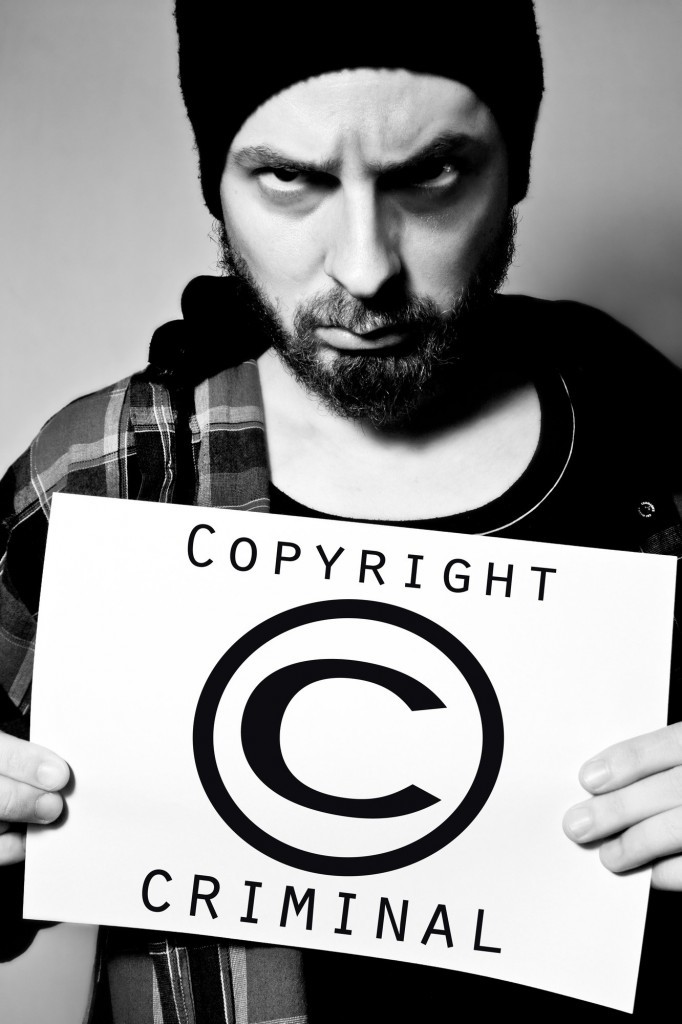 It is now quite popular among Internet periodicals to illustrate articles with other people's photographs without the permission of the authors.
It is now quite popular among Internet periodicals to illustrate articles with other people's photographs without the permission of the authors.
- Try not to transfer your photos in RAW format, as well as other source and working files, to anyone (even to the customer). For example, a Photoshopa (psd) file can be a good proof of your photography work.
- Don't forget to fill in the settings of the camera about yourself (field owner / owner, authour / author, etc.). Specify the data in such a way that it is not difficult to establish your identity. At a minimum: first name, last name and other information (for example, your website address or passport number, etc.).
- If possible, crop the original image.
- Mandatory on photographs posted on the Internet, and, if possible, on all other photographs of yourself and for any other methods of use (including when printing photographs in magazines) place information about the author on the photo itself .
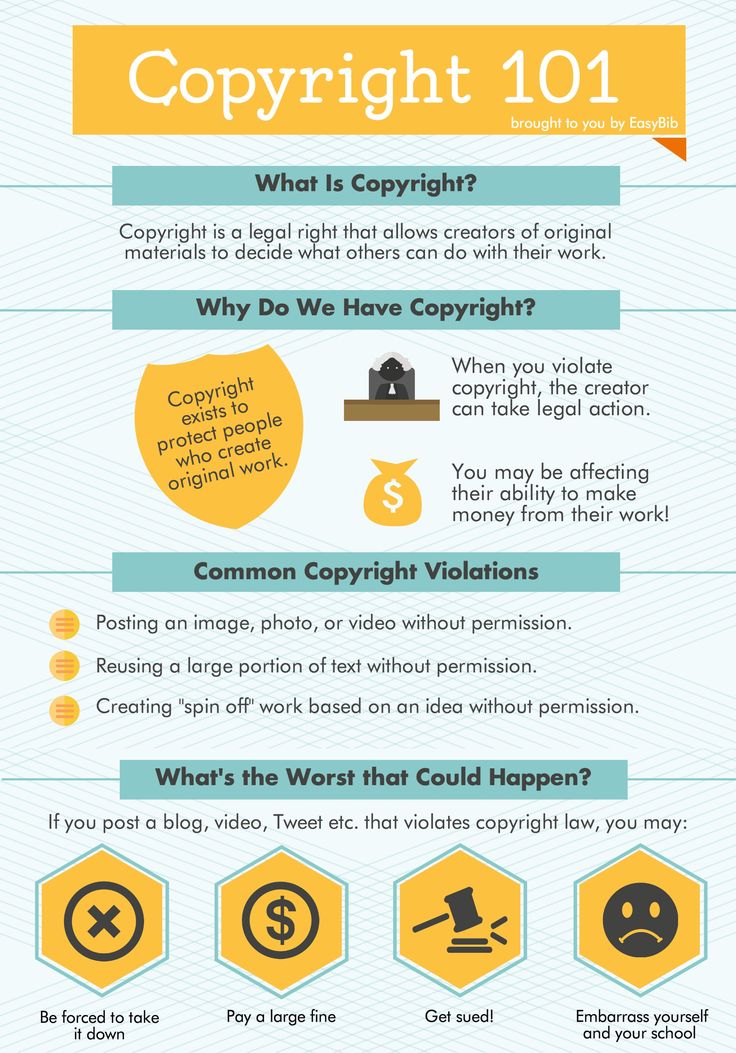 Accepted Format: © First Name and Last Name of the Author, Year of first publication (for example, © Vadim Kolosov, 2008). It will not be superfluous to provide a link to your site, especially if you publish photos under a pseudonym.
Accepted Format: © First Name and Last Name of the Author, Year of first publication (for example, © Vadim Kolosov, 2008). It will not be superfluous to provide a link to your site, especially if you publish photos under a pseudonym.
Please note that © Art. 1271 of the Civil Code informs about the exclusive right (these are the property rights of the authors), therefore, if you create a photo on order and transfer all rights to the customer (only property rights can be transferred - the so-called exclusive right), then the customer may reasonably object to indicating you in the copyright (as the copyright holder), and indicate yourself. You can also instruct you to indicate you as the author (by law you have such a right - article 1265 of the Civil Code), then instead of the copyright icon (©) you can indicate "Author:".
The big advantage of listing yourself as the author of the photo is that if someone used your photo without your permission, then under law , the minimum compensation for such copyright infringement will be not 10,000, but 20,000 rubles.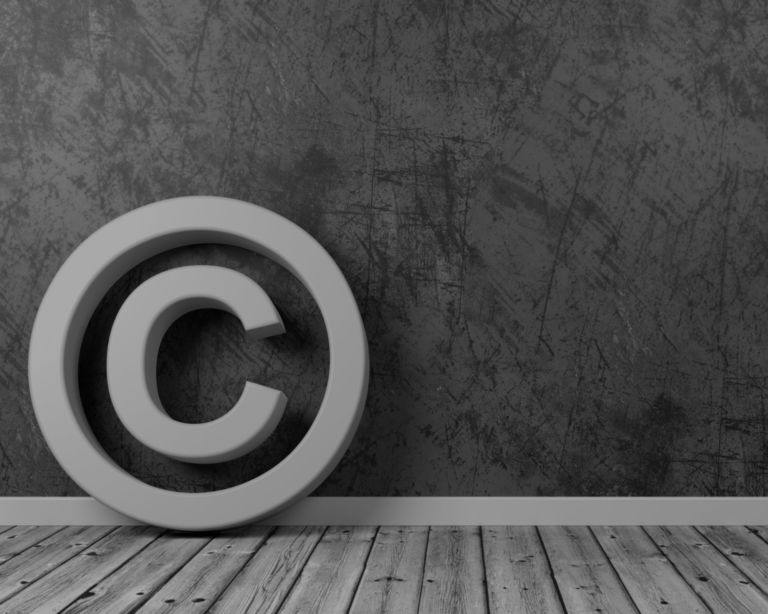
Learn more


